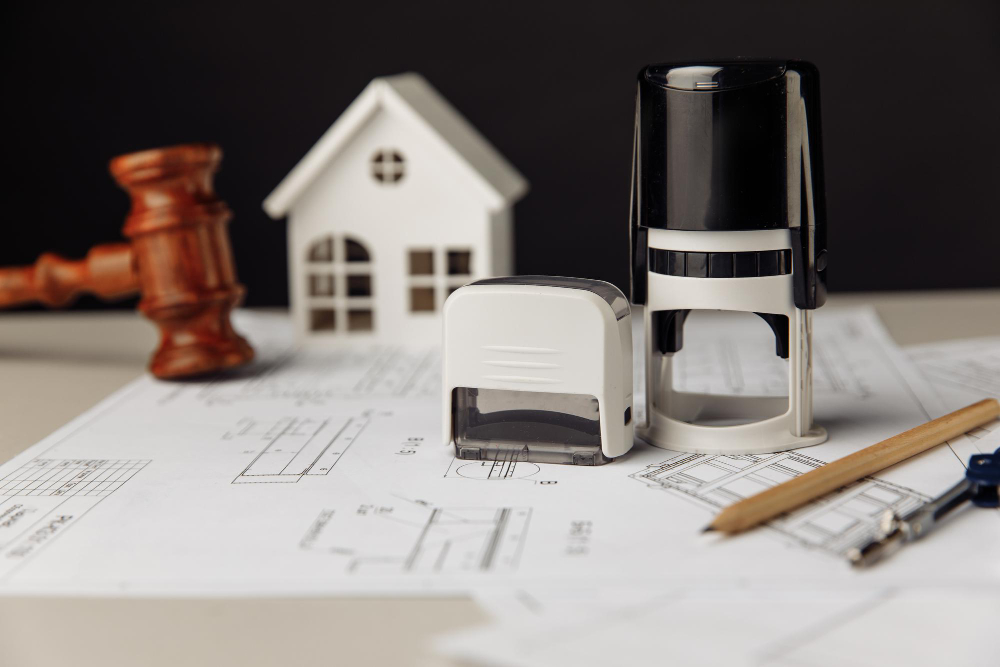Digital transformation in construction isn’t about adding software—it’s about changing how work gets done.

As contractors, project managers, and owners adopt digital-first approaches, what’s emerging is a more connected, data-driven construction environment that moves faster, operates more transparently, and holds participants accountable in real time.
Shifting from Analog to Data-Centric Operations
Replacing Paper Trails with Structured Data
Field logs, RFIs, and daily reports once sat in binders or outdated FTP servers. Today, platforms like eZeLogs and Procore centralize this information in structured databases. This change allows jobsite data to be queried, visualized, and audited—giving project managers not just access, but actionable visibility.
- Daily field reports are standardized and geo-tagged
- Time-on-tools metrics are tracked across crews and activities
- Equipment idle time is monitored using sensor-fed updates
What used to be recorded retroactively by field engineers is now logged in real time by foremen with mobile devices. That shift eliminates data lag and builds a defensible digital history of the project.
Connecting Isolated Systems
A defining element of digital transformation is system integration. Bid packages, change orders, payment draws, and submittals were once managed in separate silos. But with integrated construction management systems, a revision to a submittal can trigger updates across the schedule, procurement logs, and cost projections.
Contractors deploying API-based tools can tie their ERPs (like Vista or CMiC) to project tracking tools, ensuring financial data reflects what’s happening in the field, not what was forecasted two months prior.
Automating Low-Value, High-Risk Processes
Submittals and RFIs
Project delays tied to late or missing submittals are being minimized through automation. Systems like Autodesk Construction Cloud now flag overdue items, auto-notify stakeholders, and prevent scheduling activity until critical documents are reviewed.
- Subcontractors receive reminders 3–5 days before due dates
- Review comments are logged and versioned automatically
- Linked drawings highlight impacted sections for immediate reference
Contractors working with government agencies like MTA or LA Metro are now using these systems to stay in compliance with strict documentation workflows tied to payment schedules and audits.
Pay App Automation
Digital transformation is also reducing the friction between the field and finance. Applications for payment are now generated based on percent-complete entries and verified site photos. Tools like GCPay and Kahua automate lien waiver tracking and compliance checklists.
When multiple layers of subcontractors are involved, automation ensures no payment is released until insurance, DBE documentation, and contract compliance are verified.
Enhanced Field-to-Office Communication
Mobile-First Coordination
Crews no longer rely on printed drawings and verbal updates. Field techs now access real-time drawings, safety checklists, and task lists from tablets or smartphones. Daily huddles are supplemented with cloud-synced notes and issue photos marked directly on plan sheets.
- Punch lists are created as issues arise—not after walkthroughs
- Rework is reduced as change directives hit the field immediately
- Safety incidents are logged with GPS and timestamp verification
This level of communication isn’t just about convenience—it directly reduces errors, delays, and liability exposure.
BIM in the Hands of Superintendents
BIM is no longer confined to the VDC team. Foremen now reference models during installation, compare field conditions to clash-free designs, and flag dimensional conflicts using mobile viewers like Trimble Connect or Revizto.
Some contractors are extending BIM beyond coordination. Models are now linked to procurement (to drive long-lead item schedules), QA/QC checklists, and even real-time field conditions via drone or laser scan overlays.
Owner-Driven Digital Requirements
Mandates from Public Agencies
Transit agencies, municipal governments, and large-scale infrastructure owners have started requiring digital compliance at the contract level. MTA’s capital program, for example, now expects digital turnover documentation, structured asset tagging, and integrated scheduling data tied to monthly progress payments.
This demand has forced contractors to adapt—not for internal benefit, but to remain eligible for contract awards.
- Asset data must match digital as-builts and maintenance records
- Punch list tracking is tied to commissioning status in real time
- Closeout documentation includes searchable PDFs and model-linked metadata
Contractors slow to adapt are facing growing administrative burdens and higher risk of contract disputes.
Lifecycle-Centric Handover
Owners aren’t just interested in what’s built—they want to manage what’s delivered. That’s made digital twins and facilities management integration standard for major projects. Contractors must now deliver a comprehensive package that includes structured model data, maintenance schedules, and asset performance baselines.
Software like Bentley iTwin or Autodesk Tandem enables this integration, pulling construction data into facilities management systems for long-term O&M planning.
Real-Time Progress Tracking with Visual Data
Drones and 360° Site Capture
Weekly drone flights and 360° site capture platforms (such as OpenSpace or HoloBuilder) are now feeding into progress tracking systems. These visuals are aligned with BIM and schedule activities to verify installation timelines, catch deviations early, and reduce manual inspections.
- Contractors use scans to validate percent complete
- Site capture logs reduce claims disputes around damage or delay
- Owner representatives can “walk the job” remotely
Project executives and risk managers rely on this data for more accurate forecasts and payment approvals.
Building Culture Around Digital Skills
Training Isn’t Optional
Digital transformation doesn’t happen unless people adopt it. That’s why leading GCs are implementing mandatory training programs on scheduling platforms, BIM tools, document control, and compliance systems. Field crews are now expected to interact with digital systems during their daily work.
Companies are also creating “digital superintendents” roles—individuals who serve as liaisons between traditional project leadership and VDC teams.
- Lunch-and-learns cover model navigation and field app usage
- Foremen use dashboards to monitor crew productivity
- Project engineers automate RFIs and submittal logs with pre-configured workflows
This cultural shift requires continuous investment, not a one-time rollout.
Also Read:
Safety First: Enhancing Toolbox Talks with AI-Powered Safety Management in Ezelogs
Smart HR for Construction: Boosting Payroll Efficiency with Ezelogs’ AI-Enabled HRM Tools
Compliance Made Easy: How AI-Enabled Certified Payroll in Ezelogs Simplifies Regulatory Reporting
Centralizing Your Data: The Power of Ezelogs’ Product Data Sheet Library for Faster Submittals
Voice-Activated Efficiency: Transforming Construction Management with Ezelogs’


